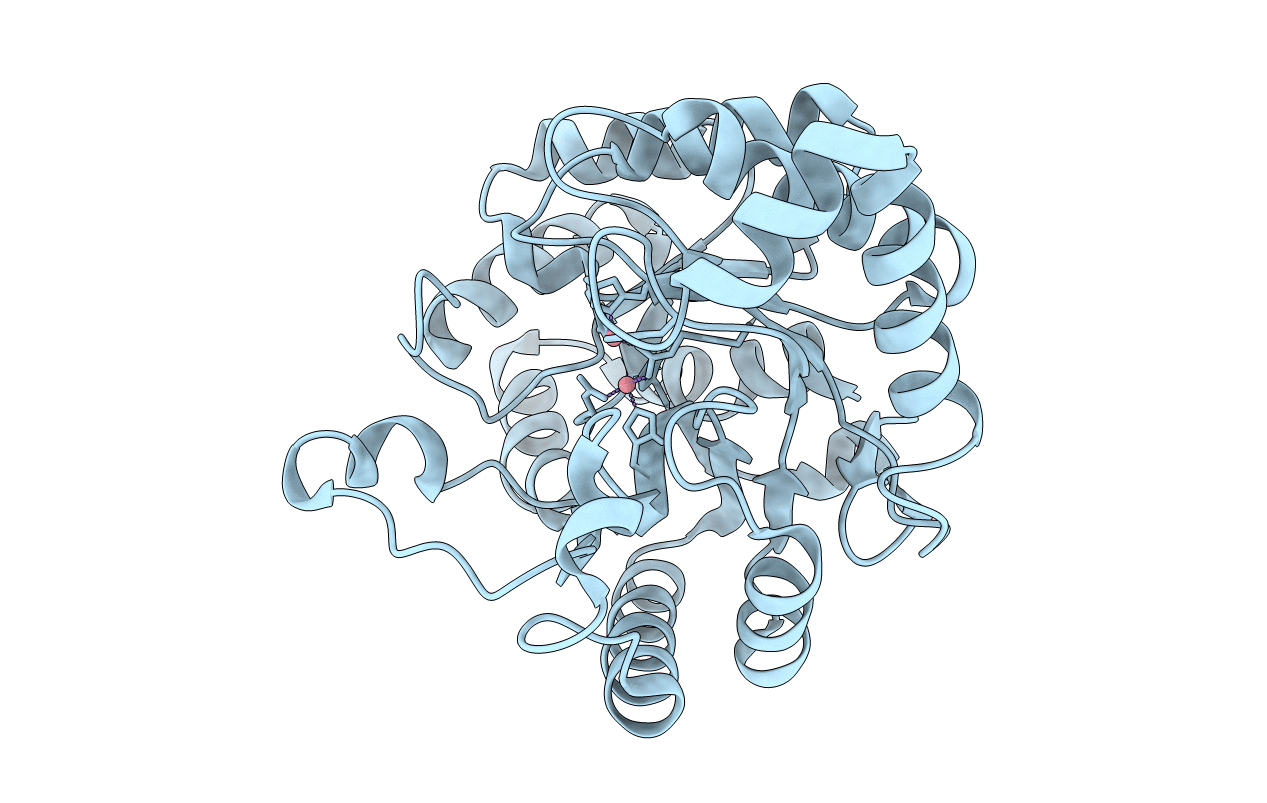
Deposition Date
2013-02-05
Release Date
2013-07-24
Last Version Date
2025-03-26
Entry Detail
PDB ID:
4J35
Keywords:
Title:
Molecular Engineering of Organophosphate Hydrolysis Activity from a Weak Promiscuous Lactonase Template
Biological Source:
Source Organism:
Deinococcus radiodurans (Taxon ID: 1299)
Host Organism:
Method Details:
Experimental Method:
Resolution:
1.78 Å
R-Value Free:
0.22
R-Value Work:
0.20
R-Value Observed:
0.20
Space Group:
P 31 2 1


